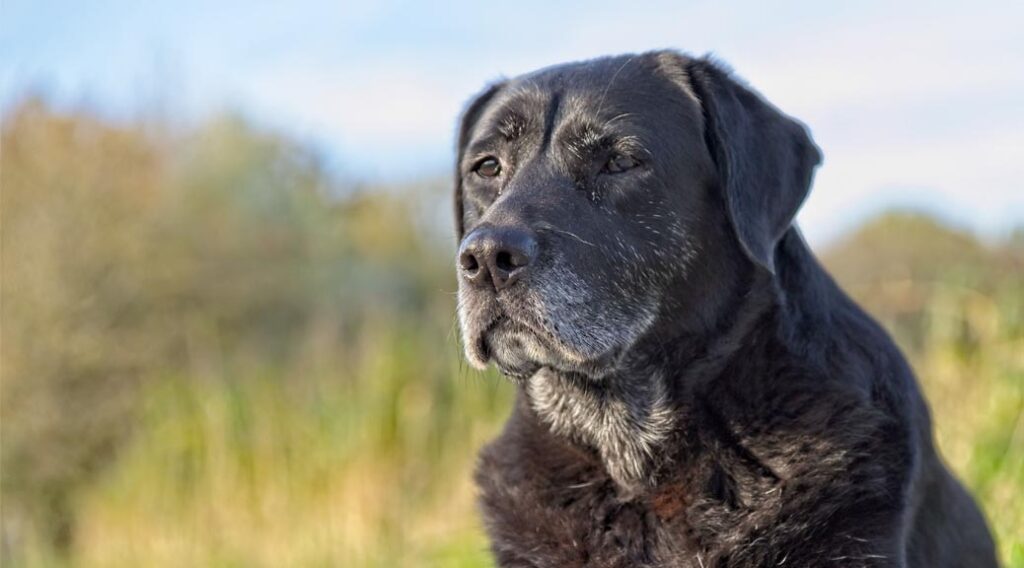All of us at Brownsburg Animal Clinic know firsthand how difficult it is to decide to euthanize a pet. It is especially heart-wrenching to elect to be present with the pet through this procedure.
During a typical year, our clinic doctors counsel more than 200 pet owners facing the same decision, and more than 90% of them made the difficult choice to ask us to euthanize their pets.
As with all the standard service offerings of our clinic, we have very specific procedures in place for euthanasia, mindfully designed with the utmost concern for the people as well as the pets involved.
First, we talk about options. We give our medical opinion on the pet’s condition and the likelihood that he or she can benefit from further treatment or palliative care. We sometimes talk about whether a specialist might be able to help, what the costs of continuing treatment might be and whether or not the pet’s quality of life will likely be good enough to justify additional efforts to prolong life. We invite questions and answer them to the best of our ability. Then we step back and let the client decide.
If the client chooses euthanasia, we determine if the pet will be taken home for burial, cremated or disposed of in some other way. Although not all clinics follow this protocol, we have found it easier on the client to go ahead and handle the financial transaction at this point so that the grieving pet owner will be free to leave, once the pet is gone. The doctor then goes over the euthanasia process with the owner, answering any questions.
For the procedure itself, following best practices defined by the veterinary medical profession, we begin by administering a sedative. Once the sedative is administered, we leave the client and pet alone together because most clients appreciate the opportunity to say their final good-byes in private. Should there be any cause for concern, staff members are standing by well within earshot and can easily be summoned back into the room if needed.
After a time, once the client indicates he or she is ready, the doctor returns to administer the drug used to euthanize the pet. Again, after giving the drug, we normally leave the client alone to grieve until he or she is ready to go home.
In all my years of small animal practice, none of my clients experienced their pet’s euthanasia as anything but emotionally draining and terribly sad. While there can be feelings of relief at bringing an end to suffering, nobody happily remembers the day they had their dog or cat euthanized. It is a universally bad experience.
For myself and my staff, this last act of compassionate care is never easy to provide, but we always do our best to see that the animals remain as comfortable as possible throughout the process and to treat their owners as we ourselves would like to be treated in the same circumstances.

